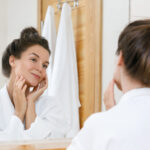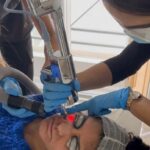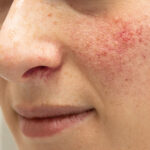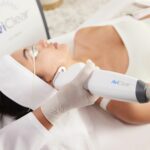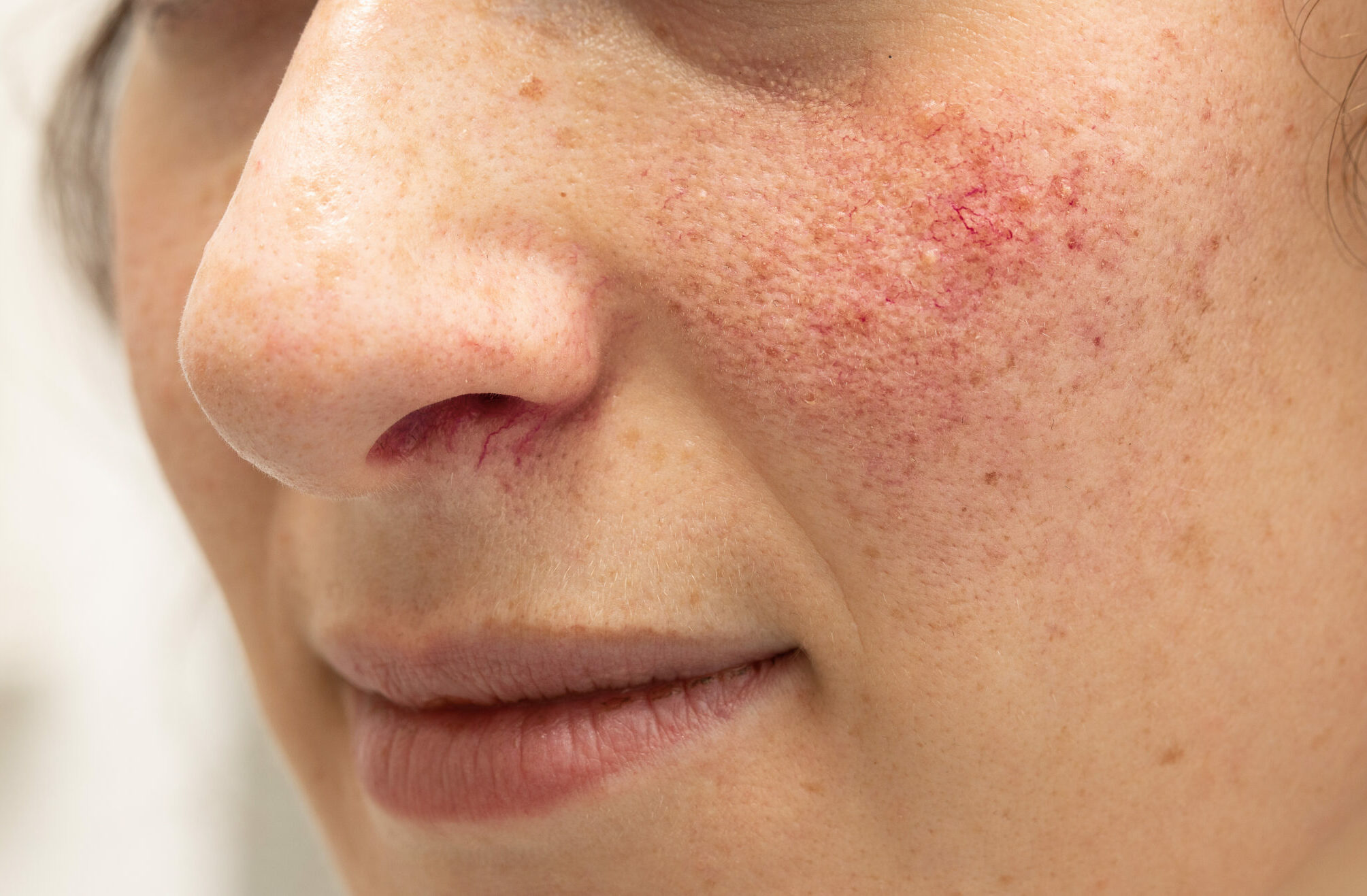
Rosacea or acne?
One common issue I have seen repeatedly in clinic is women telling me they have problems with longstanding acne. I listened with interest to what they had to say, but what was very apparent to me as soon as they walked in was that their skin issue was rosacea and not acne. Many had already done plenty of online research for acne treatments and were using a large variety of acids, scrubs, exfoliators and retinol on their skin – all things I would be cautious of using in patients with rosacea. Inadvertently, self-diagnosis and listening to the advice of well-meaning sources and non-experts was making their skin worse and not better.
Rosacea used to be called “acne rosacea” as there are some similarities between the two conditions. But despite the similarities of both conditions affecting the face and the potential presence of red bumps (papules) and pustules, they are medically distinct. Dermatologists often look for clues based on the information you provide and a clinical examination to help make a diagnosis. For example, the presence of comedones or blackheads suggests the underlying issue is acne; facial redness or flushing, possibly with eye symptoms such as grittiness, are more indicative of rosacea.
Mistaken self-diagnosis can lead to rosacea sufferers buying and using products which are targeted for acne. Many of the ingredients used for acne treatment, such as salicylic acid, vitamin A and exfoliators can cause irritation of rosacea-prone skin, resulting in dryness, sensitivity and worsening of redness often affecting the nose, cheeks and chin.
So what can you do? Understanding and recognising that the conditions are different is a good starting point, given that they frequently suffer from mistaken identity. If your skin is prone to redness or flushing, you rarely get blackheads, your skin is sensitive, and your spots do not affect the back or chest, this is suggestive of rosacea rather than acne.
My key piece of advice would be that if you have noticed any issues with redness or flushing (sudden redness and heat of the skin) after exercise, certain foods or alcohol (recognised common triggers) alongside having spots then be cautious when making your current skincare purchases. I’d also note that skincare is not designed to treat medical skin problems like acne and rosacea, but with careful guidance it can be a useful adjunct in supporting the skin.
Note that I have no conflicts of interest with the product recommendations that follow.
- Don’t jump directly to purchasing acne skincare and opt instead for items made for “sensitive skin” (e.g. La Roche-Posay Toleriane foaming gel cleanser or dermatocleanser, or Avène extremely gentle cleanser lotion).
- Avoid physical scrubs and exfoliators and incorporate a product containing azelaic acid at night after cleansing (e.g. The Ordinary Azelaic acid, Paula’s Choice 10% azelaic acid booster, FaceTheory Azeclear 15).
- Be cautious of using salicylic and glycolic acid in your routine. If you purchase products containing these ingredients then start using them maybe once or twice a week and see how your skin tolerates them.
I’d also recommend having a read of my blog specifically about rosacea
In conclusion, I’d note that I recognise and understand that people often turn first for skincare advice to their own sources, such as the internet. I hope, however, that we all come to recognise that our health advice needs to come from true experts. This goes for skin and dermatology just as much as it would for your eyes, kidneys or heart. Your skin is no lesser an organ. Taking advice from poorly-informed, even if well-meaning, sources can lead to the worsening of your skin and it is up to you to make sure that does not happen. Your skin and your health deserve.

